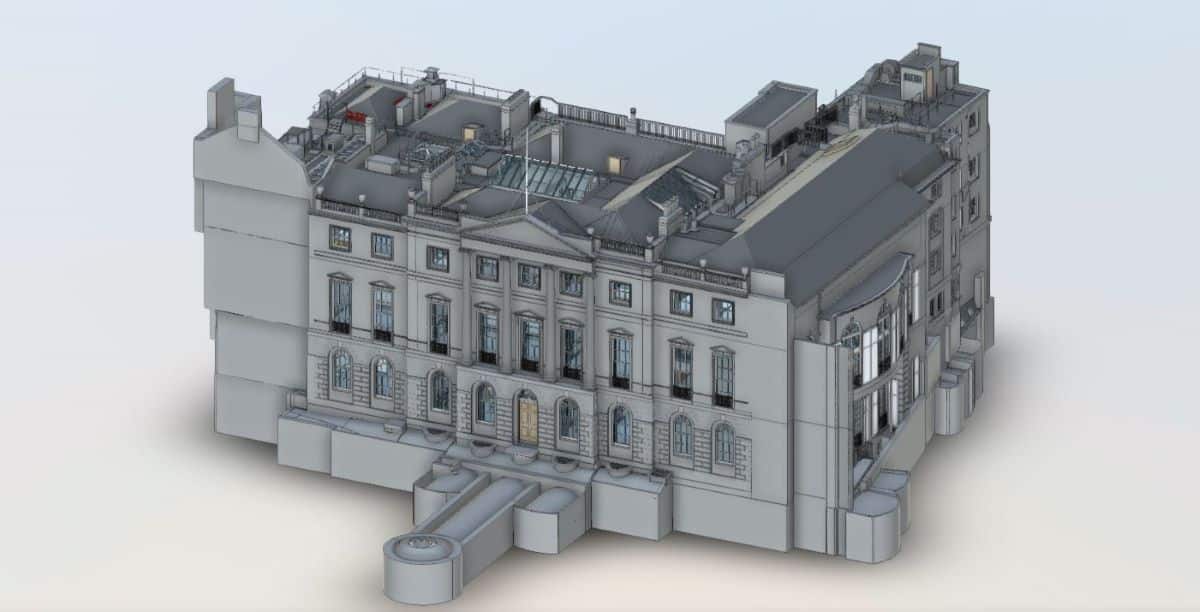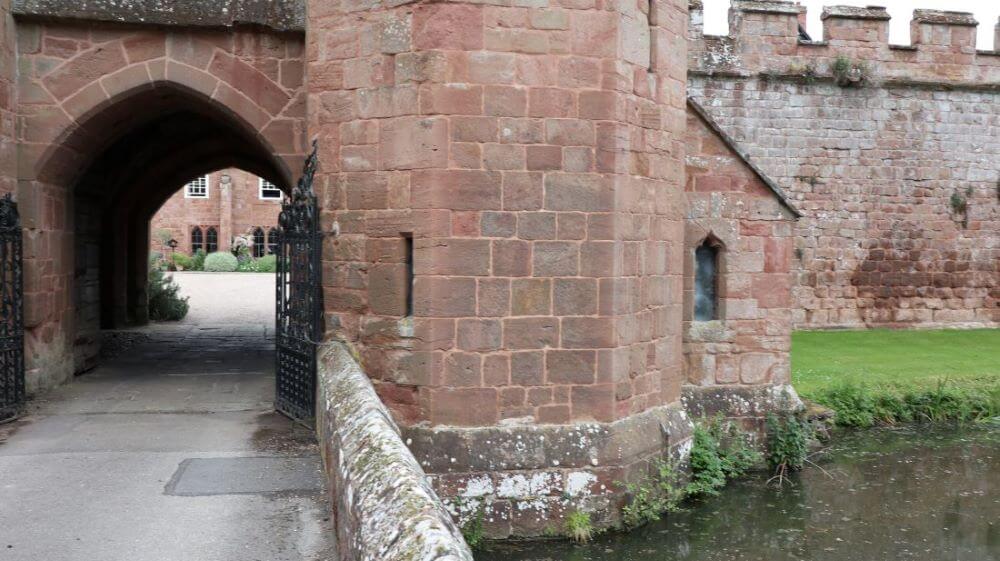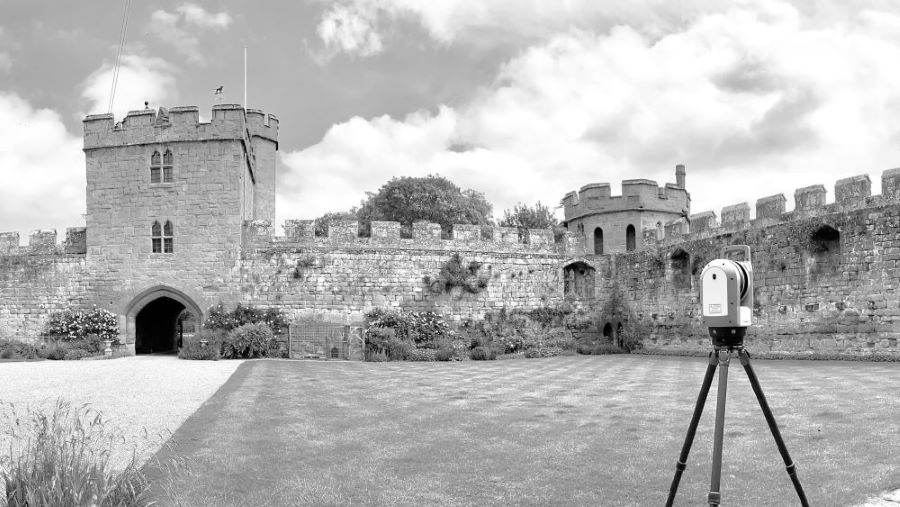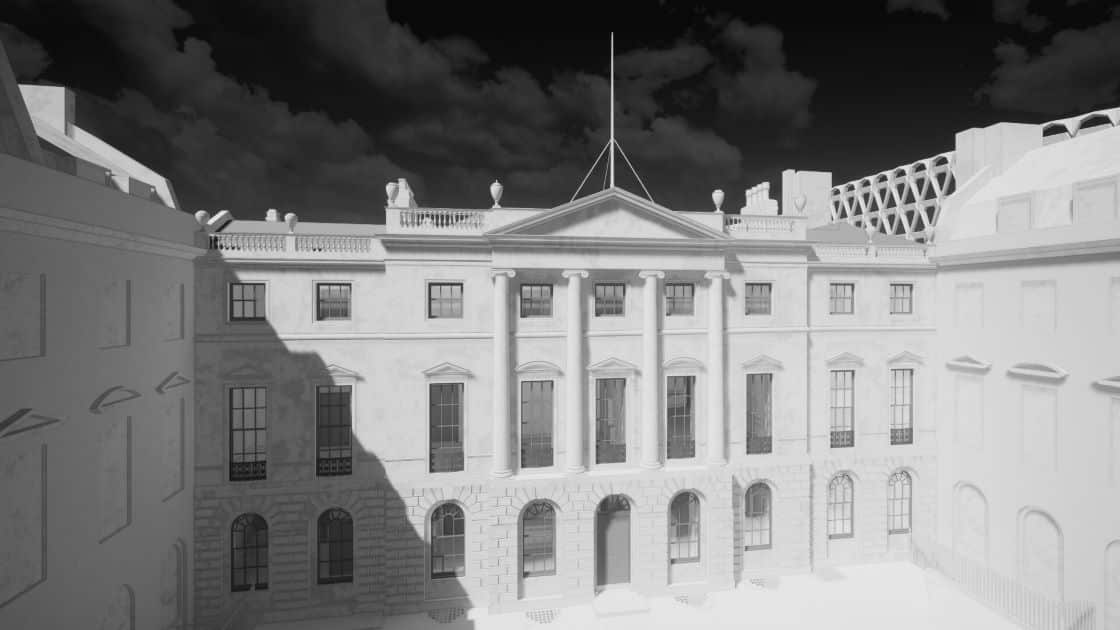Heritage Surveys: Monitoring the Impacts of Climate Change
As issues on climate change rise to the fore of the national conscience, we at Bury Associates have been considering the particular impact on heritage conservation. In this article, I explain why the increasingly complex approach to preserving heritage structures makes measured building surveys even more vital.
Need a Heritage Survey?
Through our years of surveying, we have supported many building conservation projects, such as the impressive Oriental Club in London. At the best of times, developing aged structures is a painstaking, delicate process. Add in the risks posed by changes to the climate, and suddenly the work of conservationists becomes significantly more complex.
How Can Climate Change Affect Buildings?
Climate change is expected to impact Britain's architectural heritage in a number of ways. This is due to a projected increase in temperatures, extreme weather events, and risk of flooding.
The rise in temperatures as well as instances of heatwaves, storms, and high winds can accelerate the deterioration of building materials by corrosion and weathering. Further, higher temperatures cause thermal stress and compromise the structural integrity of heritage buildings.
Climate change is also expected to lead to more frequent and intense rainfall events in the UK, increasing the risk of flooding. Heritage buildings located in flood-prone areas may be at greater risk of water damage, erosion, and structural instability.

Why Are Heritage Buildings At Increased Risk From Climate Change?
The construction materials and architectural features of many historical structures puts them at increased risk from the effects of climate change. Many old buildings are constructed using traditional materials like timber, masonry, and lime mortar. Lacking modern structural reinforcements and likely already degraded to some degree, such buildings are more susceptible to damage. Tragically, the very same features that characterise the timeless beauty of historical buildings also make them vulnerable to damage. Ornate facades, decorative stonework, and historic windows are at increased risk of weathering and deterioration.
To mitigate these weaknesses, heritage buildings should be regularly monitored. This will help to identify any signs of deterioration, enabling the implementation of appropriate interventions.

How Can We Protect Heritage Buildings From Climate Change?
Mitigating the impacts of climate change on historical structures requires implementing various conservation strategies, including regular maintenance programmes. This may involve addressing issues such as leaks, cracks, and deterioration promptly to prevent further damage.
Installing protective measures such as flood barriers and drainage systems helps to safeguard heritage buildings from water damage and flooding. Sometimes, it may be necessary to elevate vulnerable structures, retrofitting foundations and implementing waterproofing solutions where necessary.
Incorporating climate-resilient design principles into the restoration of heritage buildings also has significant potential to conserve buildings. A process like this may involve choosing durable, weather-resistant materials that can withstand the effects of climate change. These may include high-quality roofing materials, breathable wall coatings, and corrosion-resistant features.
Experts like conservationists, engineers, and architects collaborate to ensure that projects involving heritage sites are conducted in such a way that ensure their safety and longevity remains in keeping with their unique, historical character.

How Can a Measured Building Survey Help?
As I covered in our post on why measured surveys are essential for heritage building conservation, developers should obtain a precise recording of the structure's measurements in the planning phase of a construction project. Not only does this minimise the potential for unforeseen complications that drive up costs, but it allows for a streamlined, efficient construction process. Our guide to measured surveys provides a comprehensive explanation of their benefits. However, in the case of heritage buildings, a number of unique differences make the need for a thorough survey even more substantial. These factors include:
- Providing a baseline for monitoring changes
- Identifying vulnerabilities
- Informing conservation efforts by targeting areas for improvement
- Facilitating timely repairs and maintenance
- Contributing to an archive of data that helps historians, architects, and engineers understand how similar structures have responded to environmental stressors over time. This is helpful for future conservation efforts.
How is a Heritage Measured Survey Delivered?
You can have your measured building survey delivered in any digital format, such as CAD drawings, Reality Capture models, high resolution Ortho-Images, and 3D Revit Models. Bury Associates also conduct Matterport tours, providing a 3D walkthrough of the site which reduces the need for multiple visits. For more information, please see our post on why Matterport tours are an essential addition to your measured building survey.
Conclusion
As the climate continues to change, there is a strong likelihood that the needs and priorities of heritage building conservation will shift. With our long history and expertise in surveying historical structures, Bury Associates will continue to support the effort towards preserving Britain's architectural heritage.
We will carry out your heritage measured survey
Steve Bury is the Managing Director of Bury Associates, a land and measured building survey company based in the UK. With over 40 years of experience in surveying, Steve Bury established Bury Associates in 1997 to combine the provision of high quality digital surveys with exceptional customer service. Steve has also designed software applications for measuring buildings to automatically create survey drawings.

